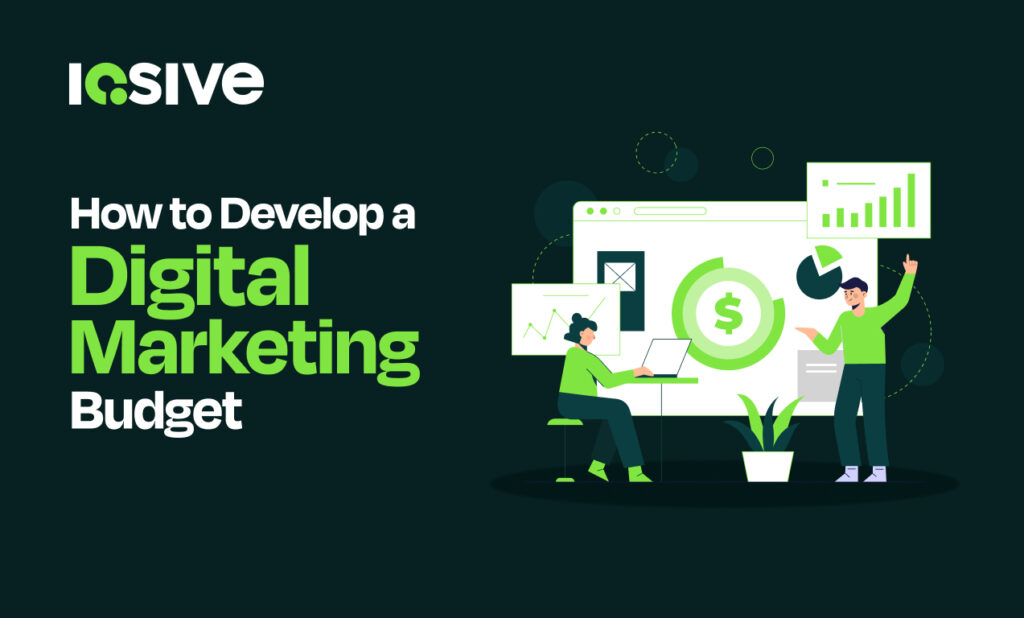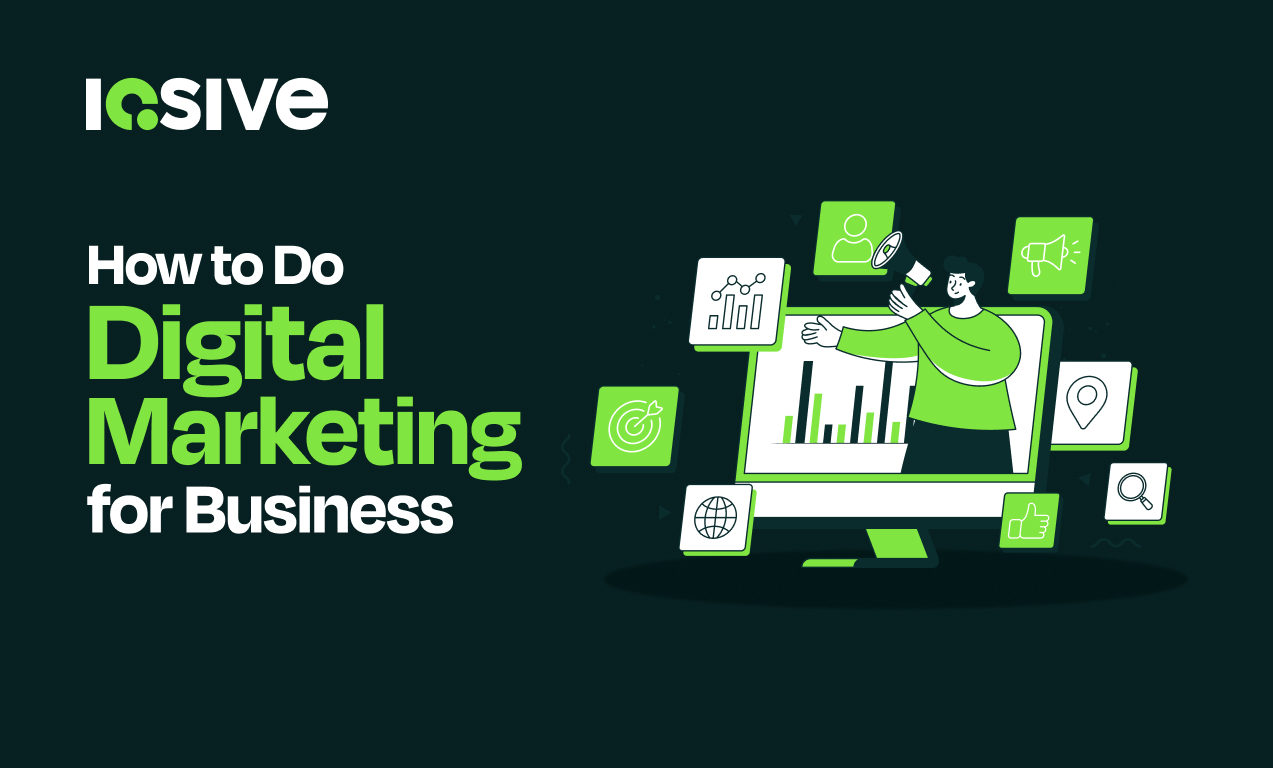Creating a digital marketing budget is not just a financial exercise. It is a strategic process that aligns your marketing efforts with your business goals. Without a clear budget, companies risk spreading their resources too thin or overspending in low-performing areas. Whether you’re a startup or an established enterprise, this guide offers a comprehensive, step-by-step framework for developing a digital marketing budget that drives results and maximizes ROI.
Why a Digital Marketing Budget Is Essential
The Role of Budgeting in Marketing Success
A well-defined marketing budget sets the foundation for your entire digital strategy. It helps prioritize campaigns, track ROI, and allocate resources efficiently. According to Gartner’s 2024 CMO Spend Survey, marketing budgets now represent 9.1% of total company revenue on average, reflecting a strong commitment to digital transformation. Budgeting enables you to be proactive instead of reactive, allowing for strategic experimentation and data-driven adjustments.
Common Mistakes Businesses Make Without a Plan
Without a budget, many businesses fall into the trap of overspending on underperforming channels or ignoring high-ROI opportunities. Others rely on gut feelings instead of data, which leads to inconsistent branding, ineffective messaging, and wasted efforts. Failing to plan also means you’re unprepared for seasonal shifts, algorithm changes, or new trends. This lack of foresight can leave you behind competitors.
Assessing Your Business Goals and Marketing Needs
Aligning Budget With Business Objectives
Before allocating any funds, define what you want to achieve. This could be brand awareness, lead generation, sales conversions, customer retention, or a combination of goals. For example, a B2B SaaS company focused on pipeline growth may prioritize content and paid search, while an eCommerce brand may lean toward retargeting and social ads. Your goals should guide every aspect of budget creation and channel prioritization.
Identifying Your Target Audience and Channels
Understanding your audience is critical to avoiding budget waste. Where do they spend their time online? What content resonates with them? For instance, Gen Z audiences may be more responsive to TikTok or influencer content, while professionals engage more on LinkedIn. Use buyer personas, customer journey mapping, and analytics to tailor your strategy and spending.
Understanding Key Digital Marketing Channels
Paid Advertising (PPC, Display, Social Ads)
PPC and display ads offer immediate visibility and trackable performance but require careful budget control. Platforms like Google Ads, Meta Ads, and LinkedIn Ads allow precise targeting, though costs vary by industry. These channels are often essential for new product launches and time-sensitive campaigns.
SEO and Organic Search
SEO is a long-term investment that pays dividends over time. It includes technical optimization, content creation, and link-building. Unlike paid ads, SEO builds equity in your brand visibility. However, it requires consistent effort and typically takes three to six months to show significant results.
Content Marketing and Blogging
Content is the backbone of most digital strategies. Blogs, whitepapers, videos, and case studies educate users and support SEO. High-quality content drives inbound traffic and helps establish topical authority and trust, which is especially important in industries like finance, healthcare, and B2B.
Email Marketing
Still one of the highest ROI channels (reportedly $36 for every $1 spent), email marketing excels in nurturing leads and retaining customers. Budgeting here includes tools like Mailchimp or Klaviyo, segmentation software, and creative production.
Influencer and Affiliate Marketing
Working with influencers or affiliates can expand your reach and build credibility. Costs depend on follower count, engagement rates, and niche, so it’s important to vet partners carefully. These partnerships often work best in fashion, beauty, fitness, and lifestyle sectors.
Social Media Management
Beyond paid ads, organic social media helps maintain brand presence and community engagement. Budgeting for this includes scheduling tools (such as Buffer or Hootsuite), content creation, and community management. It is especially crucial for brands that rely on trust and word-of-mouth.
Setting a Realistic Digital Marketing Budget
Percentage of Revenue vs. Fixed Budget Approaches
A common benchmark is allocating 7 to 12% of total revenue to marketing, with digital comprising the majority. Startups may allocate more aggressively to gain traction, while mature businesses may take a performance-based approach. Alternatively, a fixed budget based on quarterly goals can also work, especially in B2B sectors with longer sales cycles.
How to Budget for Startups vs. Established Brands
Startups should focus on rapid testing and validation with flexible, short-term spends, prioritizing digital ads, landing pages, and analytics. Established companies can invest more in brand-building, automation, and omnichannel presence. The key is matching the budget to stage-specific growth goals.
Industry Benchmarks for Budget Allocation
Here is a general guideline (source: WebFX, Gartner):
- B2B companies: 2 to 5% of revenue
- B2C companies: 5 to 10% of revenue
- eCommerce: 10 to 20% depending on competition
- SaaS startups: Up to 30% during the growth phase
These ranges are flexible and should be adjusted based on margin, competition, and goals.
Allocating Your Budget Across Channels
Prioritizing Channels Based on ROI and Goals
Not all channels serve the same purpose. Use past performance data to identify which ones drive conversions, assist in the funnel, or build awareness. For example, PPC may deliver fast sales but have diminishing returns, while content supports long-term SEO growth. Prioritize based on measurable ROI rather than trends.
Balancing Brand Awareness vs. Performance Marketing
Effective strategies balance short-term results with long-term brand building. Allocate 60 to 70% to performance channels such as paid search, email, and retargeting. Reserve 30 to 40% for awareness-focused efforts such as video content, social media, and influencer collaborations. This mix ensures you’re both capturing demand and generating it.
Tools and Templates to Help You Plan
Free Budgeting Tools and Spreadsheets
Google Sheets and Excel templates are practical starting points. Look for models that include cost forecasting, monthly breakdowns, and ROI tracking. HubSpot, SEMrush, and Smartsheet offer downloadable templates tailored for digital marketing needs.
Software for Budget Tracking and Reporting
Tools like QuickBooks, Monday.com, and Float help monitor spending in real time. Marketing-specific platforms such as Allocadia or Plannuh offer integrated solutions for budget planning, channel performance tracking, and predictive forecasting.
Measuring Budget Effectiveness
Setting KPIs and Attribution Models
KPIs should reflect your business goals. These might include customer acquisition cost, return on ad spend, lifetime value, bounce rate, conversion rate, and funnel metrics. Choose the right attribution model, such as last-click, time decay, or data-driven, to understand how each channel contributes to your goals.
How to Adjust Your Budget Based on Performance
Regular performance reviews, either monthly or quarterly, allow you to reallocate budget to high-performing campaigns or test new opportunities. Use A/B testing, trend analysis, and campaign reports to justify budget shifts and optimize spend over time.
Expert Tips for Smarter Budgeting
Seasonal and Trend-Based Adjustments
Plan for predictable seasonality, such as Q4 for retail, and use search trend tools like Google Trends to stay ahead. Budget increases during high-intent periods can significantly improve ROI when timed correctly.
Avoiding Budget Waste and Hidden Costs
Watch out for unaccounted expenses such as creative revisions, ad testing, and platform fees. Audit underperforming tools or subscriptions quarterly. Eliminate vanity metrics from reporting and focus on KPIs tied to revenue and growth.
FAQs:
Q1: What is the average digital marketing budget for small businesses?
Most small businesses allocate 7 to 12% of their annual revenue to marketing, with digital taking up the majority of that spend. The actual amount varies by industry and goals.
Q2: How much of my revenue should I spend on digital marketing?
A general rule is 5 to 10% for established companies and up to 20 to 30% for startups or high-growth businesses. The exact percentage depends on your target ROI and business maturity.
Q3: What factors influence how a marketing budget is allocated?
Key factors include business goals, target audience behavior, past performance data, seasonality, competitive landscape, and available internal resources.
Q4: How do I know if my digital marketing budget is working?
You should see improvements in metrics like traffic, leads, conversions, and revenue. Monitoring KPIs regularly and running ROI analyses will reveal whether the budget is being spent effectively.
Q5: Should I hire an agency or build an in-house marketing team?
This depends on your budget, goals, and expertise. Agencies offer scalability and specialized skills, while in-house teams offer better brand control. Many businesses use a hybrid model.
Q6: How can I create a budget if I’m new to digital marketing?
Start with a small, flexible budget focused on high-ROI channels like PPC or email. Use simple templates to track spend, and adjust based on what works. Education and experimentation are key.
Q7: What tools help track and optimize a marketing budget?
Tools like Google Analytics, HubSpot, Monday.com, Plannuh, and budget-specific spreadsheets help visualize spending and measure performance in real time.
Q8: Can I adjust my budget mid-campaign without harming results?
Yes, and you should. Agile marketing thrives on constant testing and optimization. Use data insights to reallocate funds quickly and reduce waste.
Q9: Is SEO a one-time cost or an ongoing investment?
SEO is an ongoing effort. While technical audits may be one-time, content creation, link-building, and algorithm adaptation require continuous attention.
Q10: How do I budget for content creation and promotion?
Consider both creation (writers, video production, design) and promotion (paid boosts, influencer outreach). Allocate around 20 to 30% of your content budget to promotion to ensure visibility.












